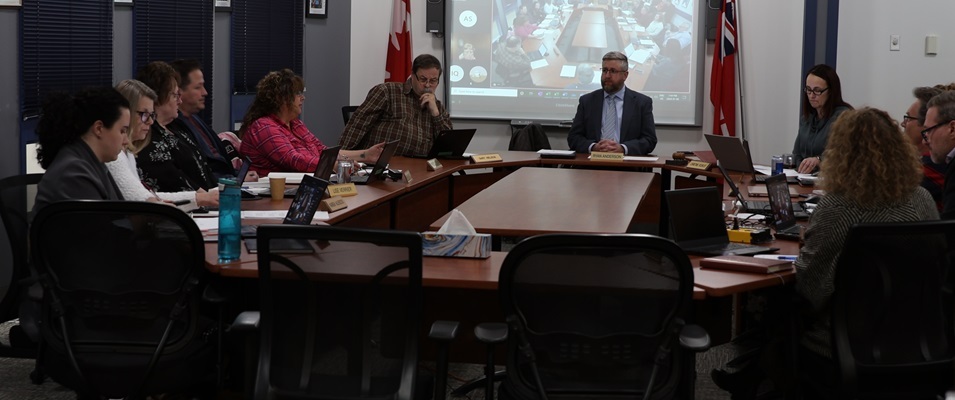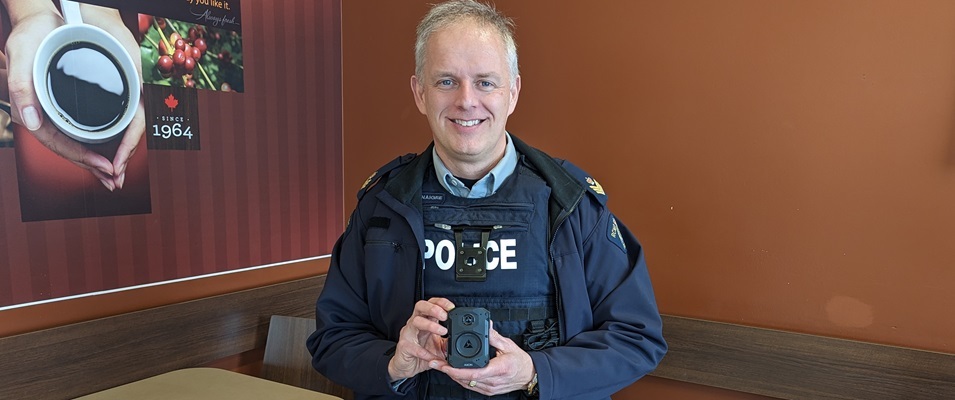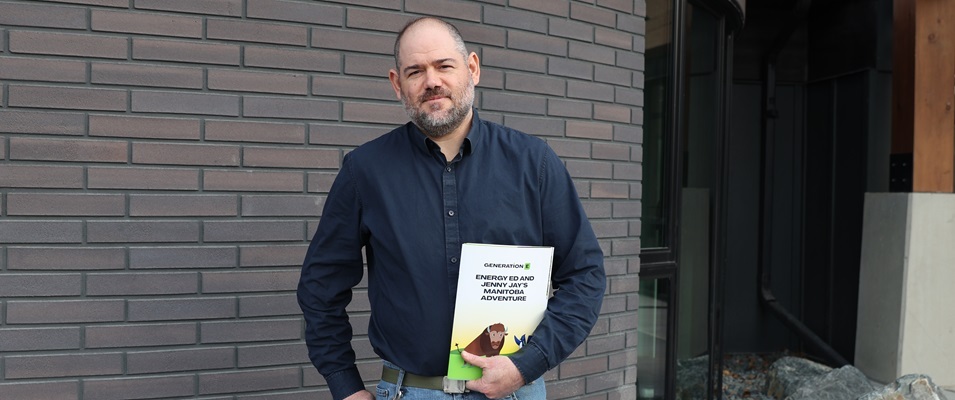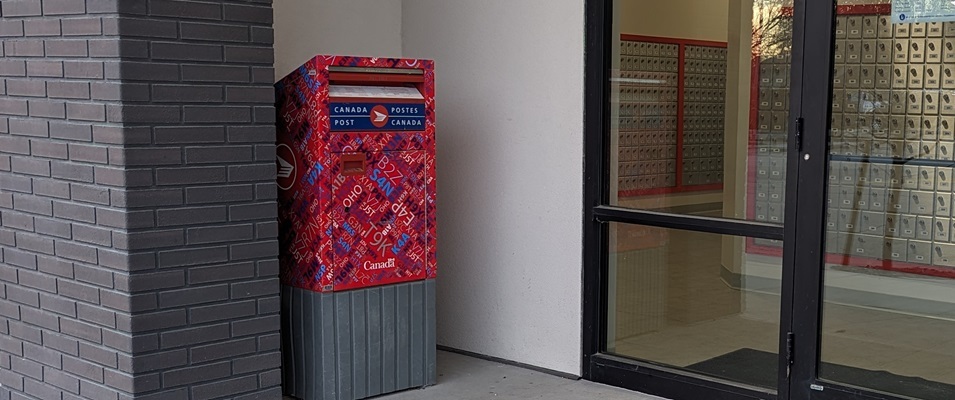
Seine River School Division (SRSD) trustees and senior administrators have much to consider when it comes to paring back an already tight budget. The division will have to cut approximately $4 million in order to turn the ever-growing deficit around.
But as they prepare for the inevitable budget redrafting over the coming weeks, the president of the Seine River Teacher’s Association (SRTA), Jonathan Waite, has offered the division some grave warnings about staffing uncertainty.
A survey sent out by the SRTA last November to all its members revealed some shocking results. Out of some 350 members, 68 submitted a response.
“Of those members that responded, a not insignificant portion of them indicated that they would be considering moving outside of the division,” Waite told The Citizen. “[Thirteen of them] indicated that they would be seeking employment in another school division for the next year and 41 of them were unsure if they would be staying in our division.”
That means that nearly 80 percent of those who responded have doubts about continuing their tenure as a teacher with the SRSD next year. That doesn’t bode well for the division, especially if non-respondents feel similar levels of discontent.
Waite says that he can’t put a definitive finger on the reason for these responses, since the survey didn’t allow for comments. Even so, based on conversations with other teaching staff, he’s confident that the number one concern teachers face is that impending budget cuts will negatively affect supports for their students.
“That has come through loud and clear in conversations that I’ve had with staff,” Waite says. “They want to make sure that the needs of the students are taken care of. I can’t imagine that [their response is] not related to the situation that might come for next year [due to] the budgeting process.”
One example he provides is the hiring freeze that has been in place since the beginning of the 2023–24 school year, requiring school admin to look internally for teacher replacements.
In the past, when an SRSD teacher needed to take a longer-term leave, a job opening was posted and a replacement hired externally.
“In a hiring freeze, that isn’t always happening,” Waite says. “What they have proposed and are implementing is taking a teacher who is not directly in the classroom and have them cover that leave, which then leaves their position and their caseload with a reconfiguration.”
Replacements might be pulled from the school’s resource teachers, guidance counsellors, consultants, learning support teachers, or clinicians.
“These are highly trained individuals who specialize in an area of public education,” Waite says. “Our concern is that, with each reassignment or transfer that the division makes, this obviously has an impact on the caseloads of these student service professionals that are working in the schools.”
He gives the example of the learning support teacher who plays a crucial role in the school’s support team by making sure students with exceptional needs get the support they need. As well, they act as a direct support to teachers who need guidance in teaching these children. The active role played by the learning support teacher ensures that an inclusive and positive learning experience takes place for everyone.
Were they to be pulled from that area of service for a period of time, it would cause a distinct ripple effect throughout the entire school.
Facing this level of angst and uncertainty among SRSD school staff is a first for Waite, who has worked as an educator in the division for 23 years.
“My personal concerns is that, if people don’t see short- and long-term stability and sustainability in the school division, and they decide to go elsewhere for employment, we’re losing a lot of experience and a lot of great educators,” Waite concludes. “If the assumption is that the system can absorb this level of stress and that dealing with the costs to run the system are more important than the system itself, I have a great fear that my members and I will find ourselves in a place for which there is no return.”



















